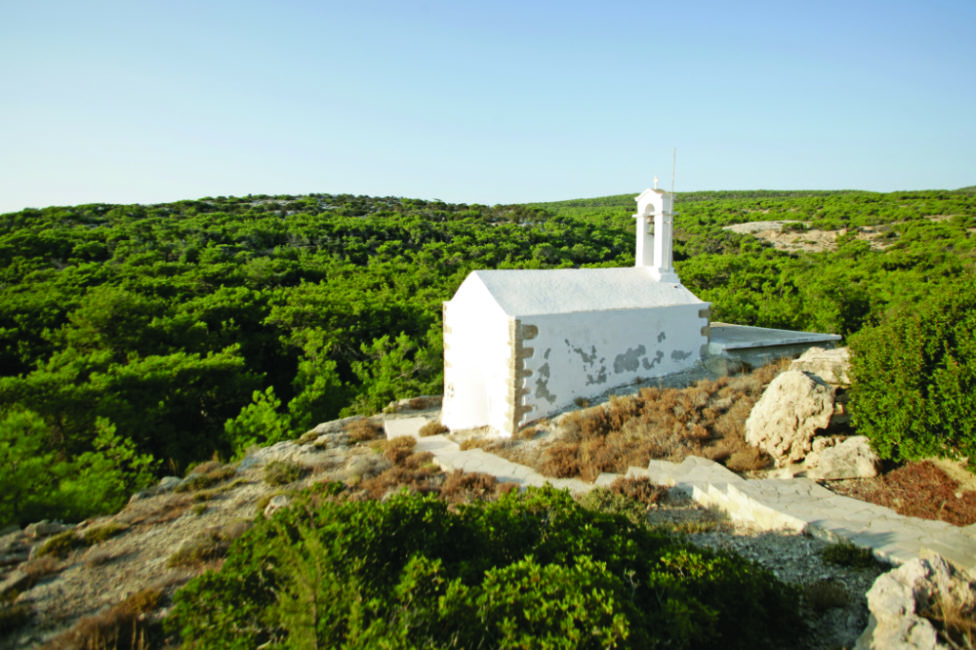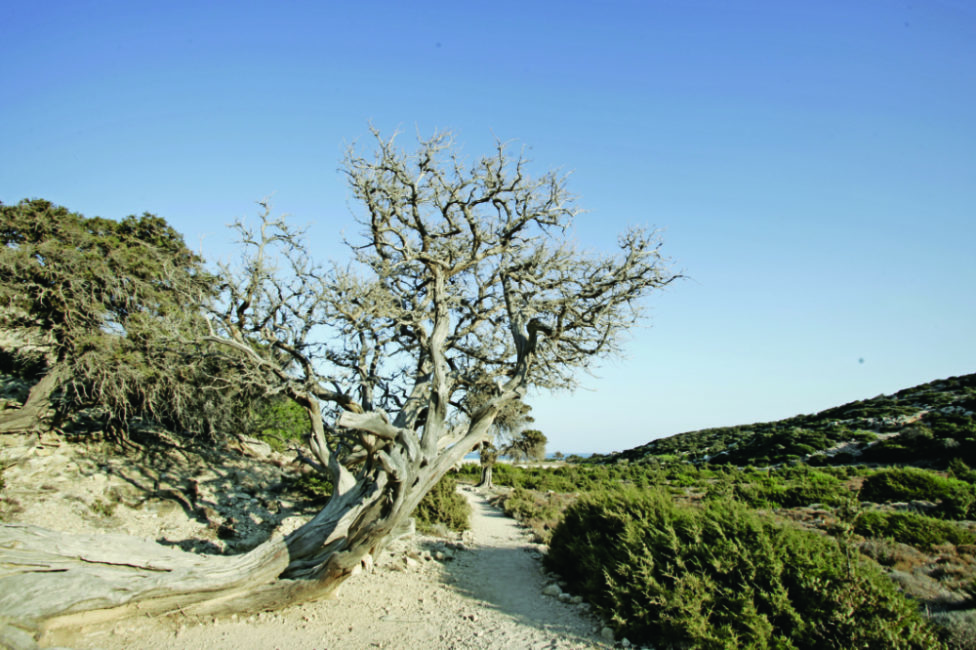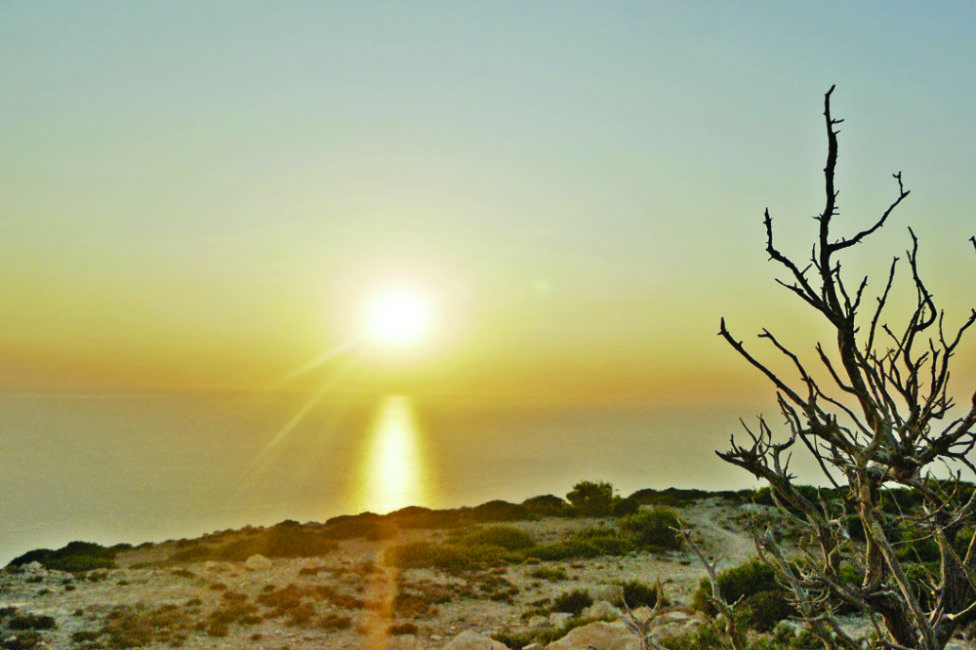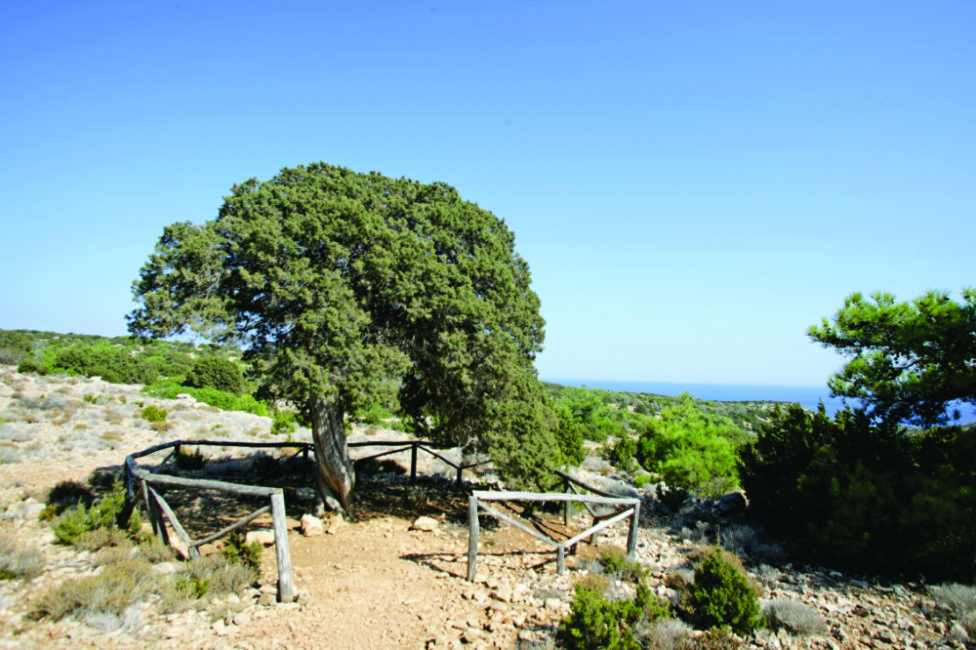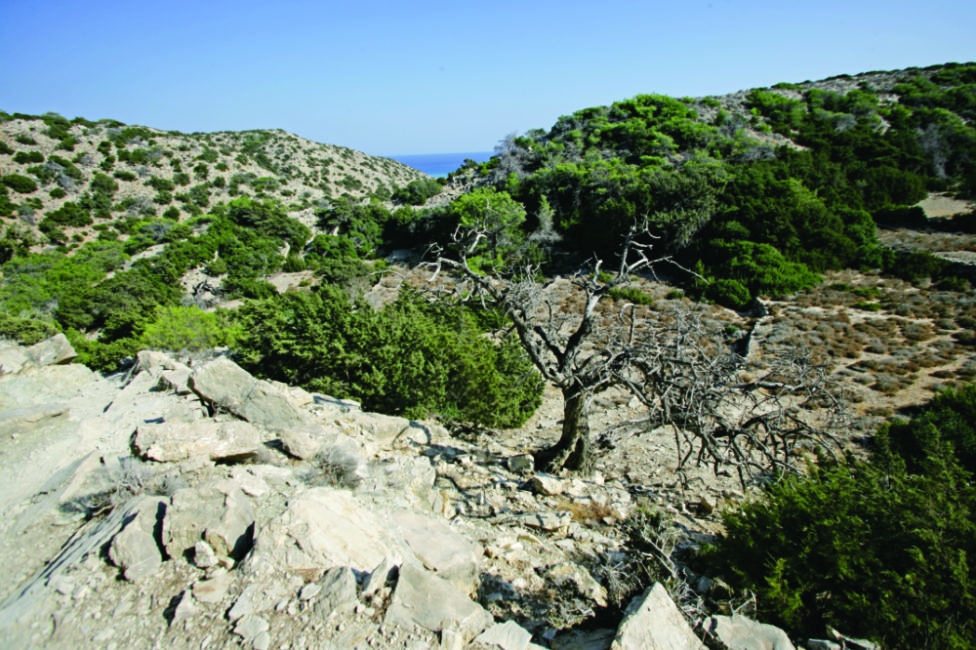Italian producer Gigi Masin recorded his first project, ‘Wind’, in 1986. Not commercially released and only given away at live performances, it was born of pure inspiration and created in an attempt to “find a personal language”, rather than as a conscious effort to begin a musical career or gain the attention of the public.
After writing his debut, Masin made something of a retreat from the wider music scene, starting a family and holding down a regular job while continuing to record mostly unreleased music in his attic: other than two collaborative albums, made with Charles Hayward and Alessandro Monti, he didn’t put out another record until 2001.
During this time, ‘Wind’ quietly acquired a reputation among record collectors and ambient enthusiasts as a landmark recording that was years ahead of its time. A deeply expressive document of introspection and feeling that eyed instrumental sounds and synthesised textures through a soft-focus lens, the record unintentionally anticipated much of the ambient and new age music that would gradually infiltrate the broader cultural consciousness in the coming decades.
Though he continued to work mostly in private, sporadically self-releasing new material with little fanfare, Masin’s career was revitalised after a Tempelhof collaboration caught the ear of Amsterdam-based label Music From Memory, who put seventeen unreleased compositions together for 2014’s retrospective ‘Talk To The Sea’.
This introduced a new generation to his reflective sound, leading to widespread acclaim, newfound popularity and an abundance of new material. More collaborations followed, most notably the formation of Gaussian Curve, an ambient trio made up of Masin, Jonny Nash and Young Marco.
Following his self-released solo album, ‘Kite‘, in 2018, Masin signed to R&S sub-label Apollo for the release of ‘Calypso‘, an LP inspired by a trip to Gavdos, a Greek island, and the mythology that surrounds it. Tender and quiescent in tone and texture, the record is built around the interplay between Masin’s enchanting instrumental recordings and his unique talent for coaxing the sublime from a synthesizer.
Transporting the listener to a place of tranquillity and restoration, it envisions a divine and utopian island that offers an escape from the stormy seas of reality. The next chapter in the epic saga that is Gigi Masin’s career, Calypso forms part of an Odyssean quest to learn, listen and communicate through sound.
We caught up with Gigi Masin to discuss ‘Calypso‘, the themes and ideas that inspire his work, and the story behind the three-decade journey that’s led him to become one of ambient music’s most celebrated artists.
Interview by Matt Mullen
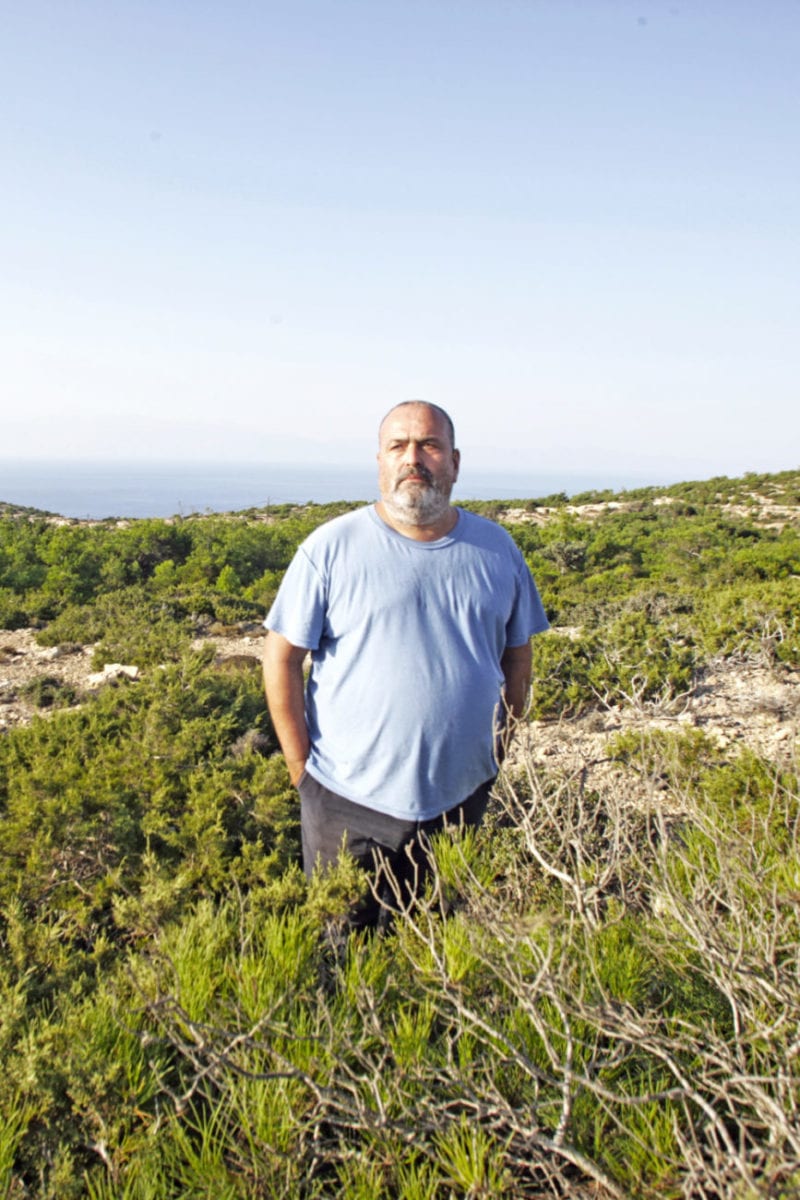
"My need to play and to fantasise music is like the waves of the sea, sometimes stormy and sometimes more serene and pleasant"
Tell us about your musical background? What were you listening to in your formative years?
Apart from a few classical music records, I grew up listening to the radio. As the Italian national radio was not so interesting, I started listening to foreign radios in the medium waves, where the music selection was much more interesting. The reception of foreign radios was not perfect by daylight, but during the night the signal was great. I spent many nights listening to Radio Luxembourg or Radio Monte Carlo. Sure, most of the music was easy to listen to, but in the night more interesting music was broadcasted and you start to desire to have those records in your hands.
When did you first start making your own music?
I was given an old acoustic guitar, but I was not taught how to tune it. I started playing by following what my ear found pleasant and I slowly began to write some simple songs, love songs. Let’s say that without knowing it I started to do my first experiments with open tunings – even today I find it quite difficult to play a guitar in a standard tuning.
What led to the creation of your first solo release, ‘Wind’? What prompted you to work in a style that was relatively unpopular – and unheard of – at that time?
First of all, my dream was to make a guitar record, a dream that hung in my heart. Although I wasn’t a pianist at all and didn’t study music, I always had fun playing around with the piano. In the mid-80s, they gave me a small synthesizer that became a fundamental object of joy in my playing.
Its simple and direct sound combined with the possibility of using a sequencer fascinated me, so that the idea of realising a record with those sounds grew to become a reality. I still don’t know today if it was real innovation or just an attempt to find a personal language and be able to convey my feelings effectively. I thought at the time that ‘Wind’ had to be my first and only record.
What particular artists or records were influencing you around the time you wrote that album? Can you think of any particular song or album that sparked inspiration for you?
I was and I am in love with John Martyn’s music. I love medieval music, contemporary composers like Ligeti or Penderecki, I listened to and still listen to a lot of jazz music, and I always try to discover new things. I would say that I try to be an antenna that receives signals from a thousand different points and I try to learn and listen, as much as I can.
Do you feel that your approach to making music has changed since then?
Each of us goes through periods of change, but I think I’m still the guy who falls in love with a song or spends his time discovering the beauty of music on this planet. Without wanting to exaggerate, I believe that in the end nothing really changes, that there is a mechanism within us that makes us follow a path that maintains its consistency, even if we seem to have made continuous and complex changes. It is like pretending that there is a tradition, in music for example, but in reality nothing is firm or indifferent to change forever.
Listening through ‘Calypso’, I hear so many sounds that have a natural and organic tone, despite the fact that you’re using a lot of electronic instruments. Is your music influenced by your environment and by the natural world?
I would like my house to be full of musical instruments from different or distant places. In the past I have worked a lot with reel-to-reel recorders, I was passionate about using loops as if they were a real instrument. In the absence of an orchestra or any instruments that I would like to have and I do not have, the technique of looping or the use of samples is always comfortable and effective.
I want to say that my loops and samples are sounds that I create and record, there is nothing synthetic or copied from someone’s record. My feelings and my city remain an inexhaustible source of sounds and ideas, often they are even if I do not notice it or if, as in the case of ‘Calypso’, my attention focuses on other aspects of life or literature.
There’s so much movement and energy in your music, whereas a great deal of ambient music can be static and slow-moving. Where do you feel this comes from?
The sea is made of water, like lakes, streams, even tears and rain are but distant relatives. Movement is an apparent pattern, the simplicity in a sequence of a few notes or the texture that is created with a dozen sounds, do not have much difference if the feeling that originates them is the same.
It is easy to use Mahler’s music, the fourth symphony for example, slow it down as much as possible, bury it in a ton of reverb, perhaps reverse the sound and become a master of ambient music. Truth costs effort. Creating music is challenging.
Many of the tracks on Calypso – ‘If’, for example – are quite emotive, with moving chord progressions and melancholic melodies. Do you find that writing music is a form of self-expression for you?
Of course, music is my language, my way of speaking about myself and telling others what passes in my heart and mind. There is music that hides other sounds under the skin and it takes time to ripen the fruits. The ‘If‘ itself is beginning to show more clearly the heartbeat that it already had at the beginning, the music is transformed, as we do – we look the same but we change continuously.
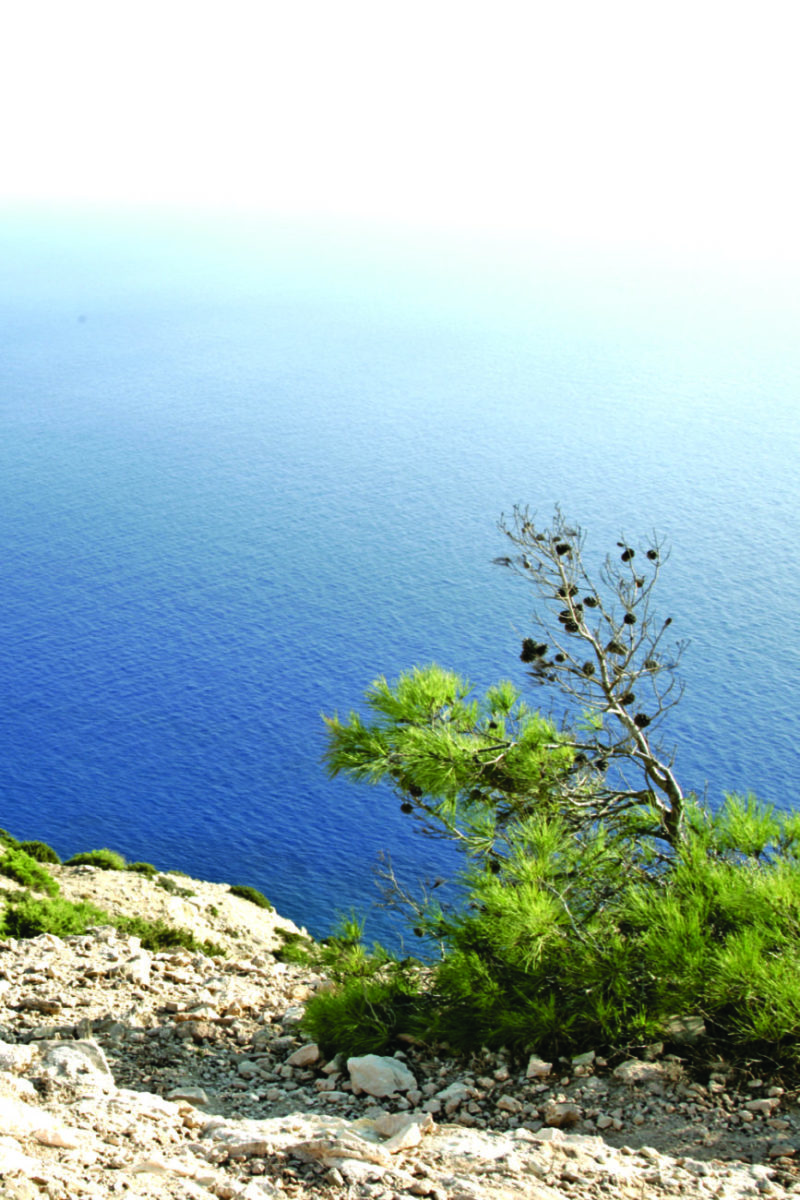
"Music is my language, my way of speaking about myself and telling others what passes in my heart and mind"
Can you tell us about the creative processes behind the production of Calypso? How do you approach making a new track – do you wait for inspiration to strike, or do you sit down with instruments, then play and experiment?
For me it was essential to think first of the title of a project, as if it was the cover of a book in the window of your favourite bookstore. It’s like looking for the beginning of a path, a track, a first step. I didn’t decide to create a series of songs that suited my project, but I collected some of the inspirations that gave me people and places that I felt closest and most intense and that could approach my idea, to my ‘hearing’ the new record. It was a long journey, I think I composed a hundred new pieces and choosing was not an easy task, at all. Evidently I had a lot to say.
What are the essential pieces of kit in your studio set-up? Are you still using the same synths that you’ve always worked with, or have you expanded your studio for this record?
My studio is the most essential and simple you can think of, an old computer and a laptop, a couple of software synthesizers, but nothing expensive. I continue to think about sound in the same way that I enjoyed with reel recorders, only now I use the immediacy and convenience that the digital world is giving us. The instruments I used in the past were destroyed due to a flood many years ago, so I had to think of an alternative, using a lot of imagination.
Do you work with other instrumentalists and players, or is everything heard on the record played by yourself?
Except for a beautiful saxophone solo played by Ben Vince on ‘On Demons and Diamonds‘, the rest is all my work. I would have liked with all my heart to have more time and space to collaborate with other musicians that I admire, but often the production of a record is only a matter of the possibility of making it in ways and times you have available to conclude the project.
As one of only a handful of artists who can claim to have been involved in making what we now often call ambient music for over three decades, what are your thoughts on how the genre has evolved over that time? Do you identify with that term as a genre or category?
The classification of music changes from country to country. I remember that when I made my first album ‘Wind’ in 1986 I thought it was a kind of homage to jazz and contemporary music, I had no idea what ambient music really was. So it was not an innovative project or an authentic precursor: ‘Wind‘ was a stream of emotions and intentions, sincere and authentic, powerful in its simplicity, perhaps innovative in its humanity. I’m very lucky to be appreciated, but I’m still looking and I still have to learn a lot.
How do you feel about the proliferation of ambient music that we’re seeing today, as it grows increasingly popular and enters the mainstream consciousness?
In a way, it’s getting closer to becoming the opposite of what the idea of ambient music was born for. Its success is good for everyone, it amplifies its beauty, intrigues the public and creates new opportunities. Evidently for many musicians it has become a way to express themselves, to communicate their imagination and their talent.
What have you been listening to in 2020? Could you talk about some contemporary artists that inspire or influence you?
I would like to name a number of friends whose music I admire with all my heart, from David August to Jonny Nash, because knowing them and follow their musical journey is absolutely a privilege and a source of true inspiration. I have the tendency after spending months in the realisation of ‘Calypso’ to forget music and for a while return to admire the silence, to read a book, to look out the window of the plane and see how much world there is yet to discover.
What are your plans following the release of this record? Are you working on new material?
Though I cannot stray too far from the music, my need to play and to fantasise music is like the waves of the sea, sometimes stormy and sometimes more serene and pleasant. Most of the pieces featured on ‘Calypso’ begin to show small but decisive changes, a slow maturation, a need to evolve and change. There is nothing more beautiful than thinking about a new project, it is a fortune, absolutely. So sooner or later it will start to take shape and ask me for all the attention possible. It’s the wonder of being able to turn the page.
‘Calypso’ is out now on Apollo Records. Order a copy from Bandcamp.
TRACKLIST
1. Calypso
2. Bellamore
3. Nefertiti
4. If
5. Anemone
6. Khalifa Golf Club
7. Mayo Slide
8. Susan Maybe
9. Amaranta
10. Coraline
11. How To Disappear In A Kiss
12. Cry Winds Or Flames
13. Enter Venus
14. On Demons And Diamonds
15. The Water Sibyl
16. Your Name Is My Infinite
